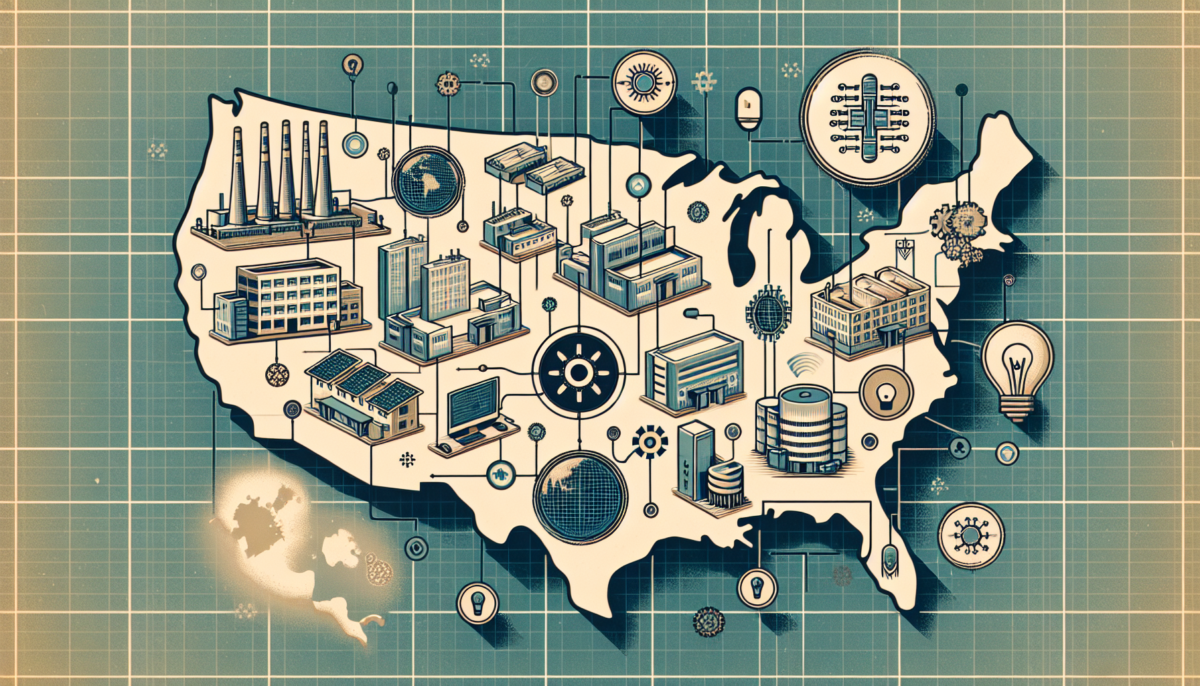JOLT Increases Charging Capability to 50kW – Continues to Provide Complimentary Kilometres Daily
We independently review everything we recommend. When you buy through our links, we may earn a commission which is paid directly to our Australia-based writers, editors, and support staff. Thank you for your support!
Quick Overview
- JOLT is enhancing its EV chargers to provide 50kW DC fast charging—twice the prior rate.
- Users continue to benefit from 7kWh of complimentary charging each day via the JOLT app.
- The inaugural unit is operational in Melbourne, with a nationwide rollout in progress.
- The new design features 5m cables, improved cable organization, and upgraded accessibility options.
- City-friendly design incorporates lighting for increased safety during nighttime use.
- JOLT seeks to merge rapid charging with digital advertising for sustainable infrastructure advancement.
- Australia’s EV sector is thriving, with estimates of 2.5 million EVs by 2030.
JOLT Introduces 50kW Fast Chargers Throughout Australia
JOLT, the Australian EV charging enterprise recognized for providing free kilometres daily, has revealed significant upgrades to its public charging network. The company is deploying its advanced 50kW DC fast chargers nationwide, offering double the power of its current 25kW models. This initiative is poised to greatly lessen charging durations for electric vehicle users while still providing JOLT’s hallmark offering of 7kWh of free charging daily through the JOLT app.
Importance of the 50kW Upgrade
The updated 50kW chargers enable drivers to replenish approximately 45km of driving range in only 8 to 10 minutes—perfect for brief stops. This is a significant advantage for urban EV drivers who depend on fast, convenient charging during their everyday activities.
With the swift uptake of EVs in Australia, the necessity for quicker and more dependable infrastructure is intensifying. As per the Electric Vehicle Council, over 130,000 EVs were registered on Australian roads by the close of 2023. This figure is forecasted to soar to 2.5 million by 2030, making JOLT’s expansion timely and essential.
Free Charging Remains
Even with the upgraded capabilities, JOLT remains dedicated to its value proposition—drivers still enjoy 7kWh of complimentary energy each day. That translates to approximately 40–50km of range, sufficient for various short trips such as school drop-offs, commutes, or errands.
This framework is made viable through JOLT’s integrated advertising displays on the chargers. These digital billboards generate revenue by presenting targeted, location-specific ads, which help subsidize the cost of free charging for users.
Intelligent Design for Australian Environments
Extended, Lightweight Charging Cables
The new chargers boast a distinctive “flagpole” design featuring 5-meter charging cables—over 25% longer than many existing options. This enhancement ensures easier access regardless of the vehicle’s charge port location or parking orientation.
User-Centric Accessibility Features
JOLT has designed the cables to be lightweight and accessible for all users. An adjustable cable holster allows users to modify the plug height to accommodate various installation settings, guaranteeing adherence to accessibility guidelines.
Improved Safety and Urban Fit
Furthermore, the new chargers are engineered to blend seamlessly into urban environments. They are equipped with base skirt lighting to enhance visibility and safety during nighttime charging. This discreet yet effective feature boosts usability without sacrificing design appeal.

Design Informed by Experience and Understanding
JOLT CEO Doug McNamee provided insights regarding the company’s ambitions:
The new 50kW chargers symbolize the next phase in our mission to elevate global EV ownership and charging experiences for users through innovation, superior design, and performance. The chargers’ distinct appearance is the culmination of specific insights into visual impact and urban infrastructure, highlighting the necessity for our charging network to consistently fuse aesthetics with function, while also ensuring the highest standards of durability, safety, and technological compatibility.
Preparing for the Future of Transportation
While the first 50kW charger is successfully functioning in Melbourne’s Bayside City Council area, JOLT aims to introduce numerous more units nationally across metropolitan and regional Australia. The company will maintain a blend of 25kW and 50kW chargers to cater to varied urban densities and user needs.
This expansion transcends mere charging speed; it also bolsters JOLT’s digital-out-of-home (DOOH) advertising network. With larger, more visible screens, JOLT provides brands enhanced visibility and audience interaction while financing the free energy initiative for drivers.
Conclusion
JOLT’s transition to 50kW DC fast charging marks a transformative advance for Australian EV users. With quicker charging, accessible design, and ongoing complimentary daily energy, JOLT is revolutionizing public EV charging experiences. As the country prepares for a substantial surge in EV use, innovations of this nature will be vital in fostering a sustainable and accessible future for transportation.
Q: What charging speed do JOLT’s new chargers offer?
A:
The new chargers provide 50kW DC fast charging, doubling the speed of previous 25kW models. This enables EV drivers to gain approximately 45km of range in only 8–10 minutes.
Q: Is the daily complimentary charging still available with the new units?
A:
Yes, JOLT continues to offer 7kWh of free charging each day through its mobile application. This policy is unchanged despite the improved hardware.
Q: Where are these new 50kW chargers located?
A:
The first charger is operational in Melbourne’s Bayside area. JOLT plans to roll these units out nationally, so anticipate seeing them in additional cities and regions throughout 2024 and beyond.
Q: How does JOLT finance the provision of free electricity?
A:
JOLT’s chargers incorporate digital displays that present paid advertisements. The revenue generated from these ads helps cover the costs of the free electricity provided to users.
Q: Are the new chargers suitable for all EVs?
A:
Yes, the 50kW chargers utilize standard connectors compatible with most EVs in Australia, including the widely adopted CCS2 standard.
Q: What accessibility features are present in the new design?
A:
The new chargers feature lightweight cables, adjustable holsters for plug height, and greater reach—facilitating easier use for all drivers, including those with mobility challenges.
Q: How does JOLT’s network contribute to Australia’s EV growth?
A:
By providing free, rapid, and accessible EV charging across the nation, JOLT is alleviating range anxiety and making EV ownership more feasible—especially in urban locations where home charging might not be an option.
Q: What other advantages do the chargers provide?
A:
In addition to free electricity and quick charging, the new units exhibit a city-friendly design, integrated safety lighting, and support for JOLT’s expanding digital advertising network, offering benefits for both users and advertisers.










.jpg)




